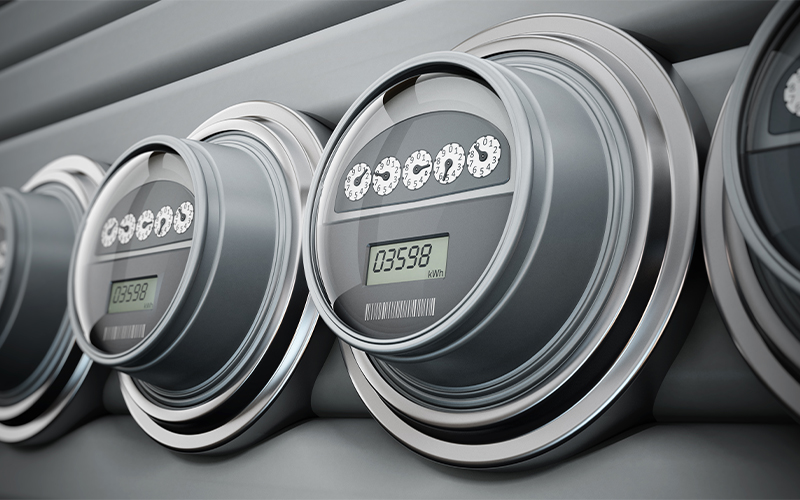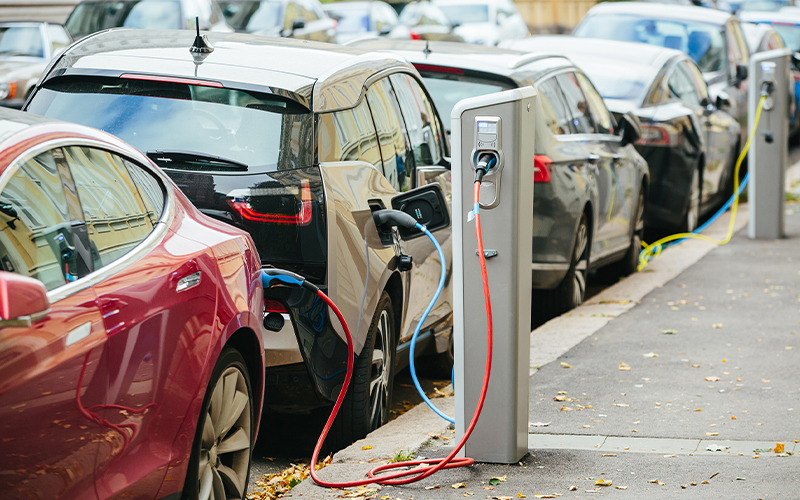BPM Analytics
Efficient management of non-revenue waters (NRW) through infrastructure digitisation
Did you know that not all the water produced worldwide reaches the intended consumers, and not all water that gets consumed earns revenue? The World Bank refers to such water as NRW or non-revenue water. It is measured either as a percentage share of water produced or as the volume of water lost per unit length of the water distribution network.
Ok, but why all the din? Just imagine losing income due to meter tampering after all the money invested in pumping and treating or losing water to leakages at a time when the world is plagued by water scarcity! That sounds like a criminal waste, doesn’t it?
According to a recent forecast by The World Resource Institute (WRI), thirty-three countries across the world are about to face a severe water crisis by 2040. Add to this, the following estimate regarding NRW - 126 billion cubic metres which translates to USD 39 billion per annum. The water crisis just got compounded manifold.
NRW components: an overview
The main reasons behind NRW are lack of awareness among users, corruption in the system and no political will to take corrective action.
A World Bank study points out that nearly half of NRW instances are in developing countries, and if it was to be managed better, around 90 million people could have water. This should be enough motivation to address the issue of NRW immediately.
The first step to address any challenge is to identify and assess the pain points and reasons leading to them.
NRW is best understood when its components are separated. The International Water Association (IWA) has listed the following three components of NRW:
- Unbilled authorised consumption (water used: by utilities for authorised purposes, for firefighting, provided for free for certain consumer groups)
- Real losses (leakage)
- Apparent losses (meter spoofing, meter cracking, fraudulent billing, billing inaccuracies)
These are immediate disputes challenging water companies worldwide, and it is vital to develop preventive strategies for the benefit of both the concerned parties - the public and water supply companies.
The strategy should encompass due diligence of the existing system, workable solutions, and plans for continuous assessment and updates.
Sensors and analytics to curb NRW
Is NRW a new threat? If not, how has it been managed till now? The answer is that NRW has existed for as long as the water distribution network itself, however, it has been managed in an uncoordinated way since it is difficult to detect. With interrelations not understood clearly, solutions could not be dealt with effectively.
Since the digital revolution has gripped the world of water, automated tools such as sensors and big data analytics have proven reliable ‘friends indeed’.
- Unauthorised water consumption can be identified with AI-ML’s data mining which identifies and analyses historic data billing information, customer history, and consumption patterns to generate lists of customers that are suspected of water theft.
- To tackle meter cracking, AI-ML’s diagnostic and predictive analysis model suggests an economically favourable solution for meter replacements. The model factors in influencers such as meter lifespan, degradation rate, and projected cost of replacement vs. gains from reduction of faults.
- Leakages can be detected, and the positions marked by installing sensors. Algorithms can be programmed to trigger an alarm in case of leakages. This is achieved by establishing a normal by studying historic flow measurements and hydraulic variables. Any abnormal deviations from the established normal can be easily detected and alarms raised.
Here’s to efficient water management
Depleting water sources has placed much demand on water utility companies to monitor water flows and their usage. Many water companies have risen to this challenge by adopting digitised agile solutions and benefitting from them.* Sensing devices, optimised algorithms, early warning systems, and an actuation layer to trigger action in case of incidents are all doing their bit to reduce NRW in a cost-effective way.
The benefits of digitising infrastructure - remote identification of non-revenue water sources, identification of areas to regulate the water flow rate and pressure to avoid leaks and bursts predicting emerging threats and raising alerts, bolstering regulatory compliance - far outweigh the cost of investing in automation:
Efficient management of NRW allows utilities to expand and serve consumers better, have better financials, reduce energy consumption, and overall, lessen water stress.
Realise water’s worth now and save it from drying up!
*For organizations on the digital transformation journey, agility is key in responding to a rapidly changing technology and business landscape. Now more than ever, it is crucial to deliver and exceed on organizational expectations with a robust digital mindset backed by innovation. Enabling businesses to sense, learn, respond, and evolve like a living organism, will be imperative for business excellence going forward. A comprehensive, yet modular suite of services is doing exactly that. Equipping organizations with intuitive decision-making automatically at scale, actionable insights based on real-time solutions, anytime/anywhere experience, and in-depth data visibility across functions leading to hyper-productivity, Live Enterprise is building connected organizations that are innovating collaboratively for the future.






